Cooled Thermal Cameras
Precision Imaging for Long-Range Surveillance
Cooled thermal cameras deliver improved clarity, range, and sensitivity. Cryogenic cooling lowers the detector noise, which achieves low noise and low temperature differentials, resulting in improved sensitivity with a sharper images. , more precise target recognition, and superior performance in conditions where uncooled cameras in the mid wave or uncooled LWIR cameras fall short.
What Are Thermal Cameras
Thermal cameras are imaging devices that convert heat energy into images, allowing users to see temperature differences that are invisible to the human eye. By detecting thermal emissions from people, vehicles, and environments, they create detailed images highlighting hot and cold areas. This capability makes them essential for security, surveillance, and industrial inspection, where identifying hidden threats or anomalies is critical for appropriate protective action to be taken to respond to the threat
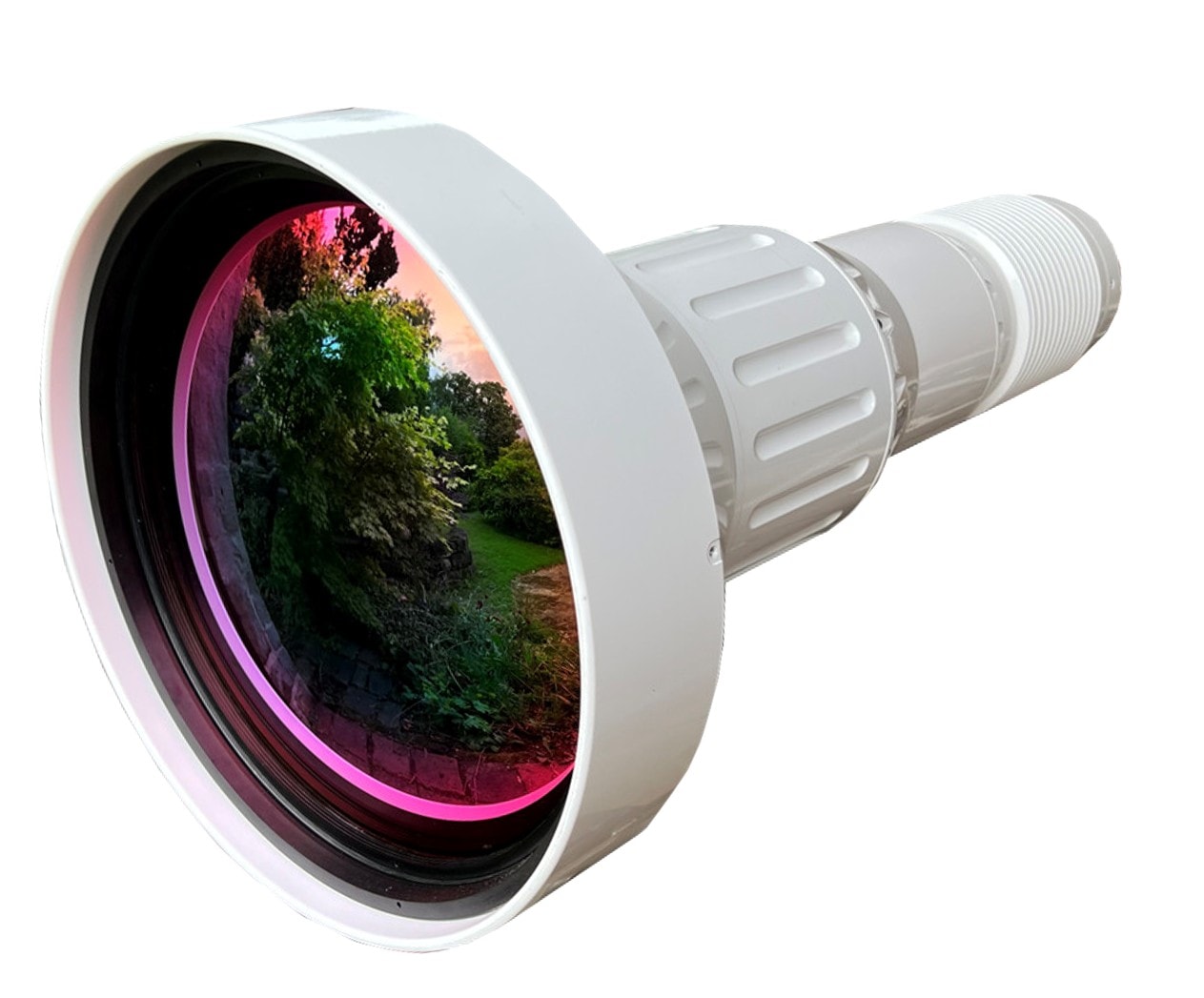
Why Cooled Thermal Technology Matters
Unlike uncooled sensors that operate at ambient temperature, cooled thermal systems use advanced cryocoolers to reduce noise and maximize sensitivity. This allows operators to detect faint human activity or small vehicles at extreme ranges. For long range surveillance across borders, coastlines, or contested battlefields, cooled thermal solutions offer the reliability and precision needed to safeguard critical security operations.
Key Advantages of Cooled Thermal Cameras
-
Extended Range: Detect and identify targets at tens of kilometers.
-
High Sensitivity: Capture or respond to subtle heat differences missed by uncooled systems.
-
Pixel Density: More pixels mean higher resolution and more actionable images.
-
Multi-Spectral Options: Cooled MWIR and LWIR detectors integrate with EO/IR cameras, sensors, and AI-enabled analytics for full-spectrum situational awareness.
-
Mission Versatility: Deployed on unmanned aircraft, naval vessels, armored vehicles, and fixed-site towers protecting critical security zones.
Selecting the Right Camera (Cooled vs. Uncooled Cameras)
Choosing between cooled and uncooled systems depends on mission profile:
-
Cooled thermal camera sensors excel in long-range identification, precision targeting, and sensitive environments. These cameras also allow for smaller optics to achieve the same level of performance.
-
Uncooled cameras sensors including uncooled LWIR cameras, are often selected for shorter missions, cost-competitive programs or challenging power constraints.
The traditional cross over point between uncooled and cooled thermal cameras typically occurs in the range of 200 mm to 300 mm focal length. At this focal length the increased base cost of the cooled thermal camera is offset by the rapidly rising weight and cost of the lens required for the uncooled detector. This is an important consideration for cameras configured with zoom lenses.
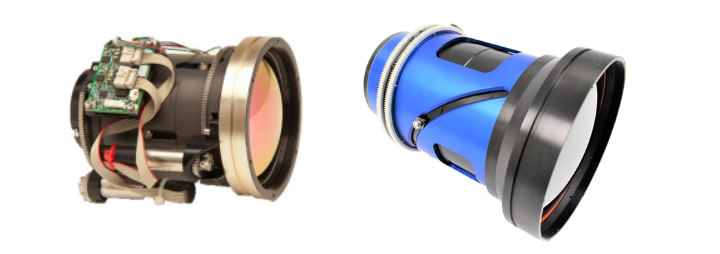
Why Field Trials Rarely Match Design Assumptions
These values highlight why real-world testing is essential to verify manufacturer claims. NVTHERM predictions, while useful, are built on assumptions that must be understood to interpret the analysis correctly. Why do results differ? In many cases, it comes down to the level of detail in the data inputs to the model. Atmospheric characteristics, obscurants and non-ideal target conditions all contribute to reductions in range performance. Additionally, a zoom thermal camera is a complex mechanism, and even small variations in the precision of machining—whether in the optics or the mechanics—can shift performance outcomes.
The Truth Behind DRI Claims: Only Field Tests Count
Manufacturers often adjust NVTHERM assumptions during analysis — clear weather, perfect contrast, and ideal operator conditions—to make their published DRI (Detect, Recognize, Identify) ranges look better than they may perform in reality. To avoid disappointment, a buyer needs to review should verify claims with side-by-side field testing in the environments where the cameras will actually be used.
NVTHERM vs. Reality: Field Trials Tell the Truth
|
Target Type
|
NVTHERM Predicted Range (km)
|
Observed Field Range (km)
|
Notes
|
|
Human Broadside
|
Detect: 18
Recognize: 12
Identify: 9
|
Detect: 12
Recognize: 8
Identify: 5
|
NVTHERM assumes high contrast and ideal operator conditions.
|
|
Small Vehicle
|
Detect: 25
Recognize: 18
Identify: 12
|
Detect: 19
Recognize: 13
Identify: 9
|
Heat shimmer and background reduce contrast.
|
|
Small Boat
|
Detect: 20
Recognize: 14
Identify: 10
|
Detect: 14
Recognize: 9
Identify: 6
|
Maritime humidity and clutter reduce visibility.
|
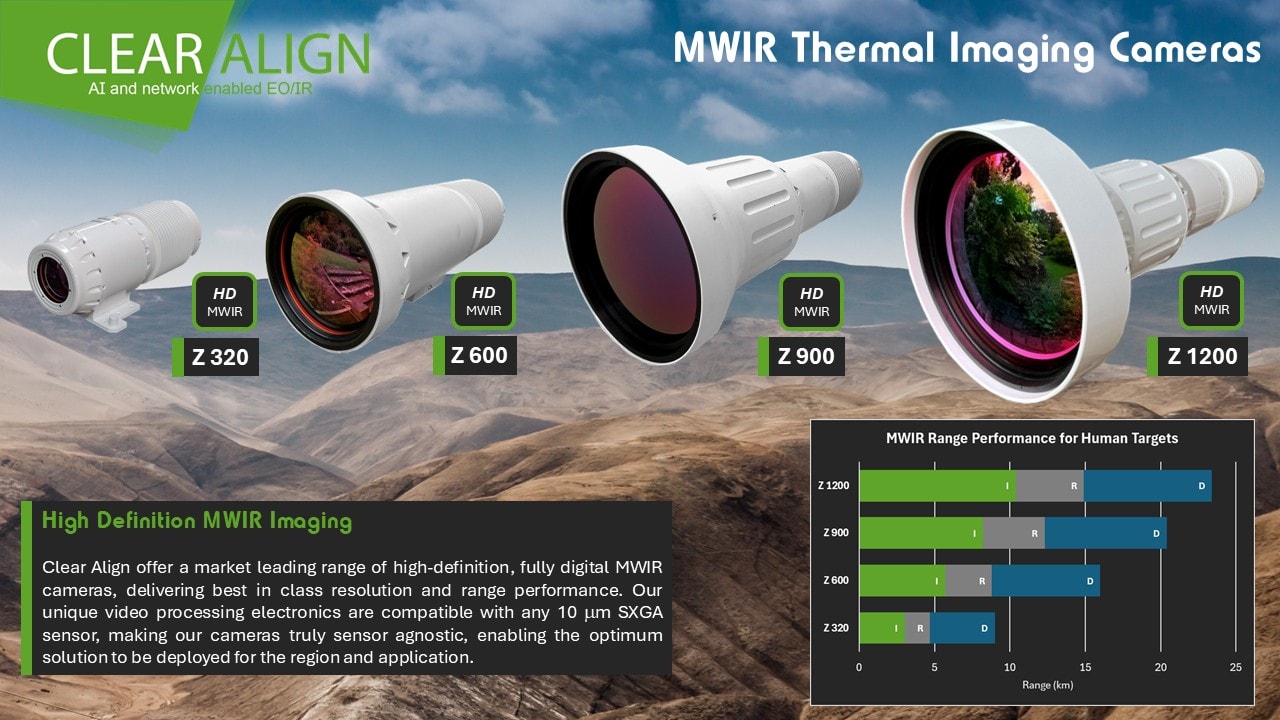
Long-Life Coolers and Maintenance for a Thermal Camera
Cryocoolers are the engine of every cooled thermal camera. Modern designs are built for long life, but like a vehicle, they require scheduled maintenance to sustain performance. Proactive service cycles:
Skipping maintenance risks degraded performance at the worst possible time. Much like reviewing the security of your connection before proceeding online, operators must treat preventive maintenance as part of mission assurance.
Secure vs. Open Networks: Why Camera Feeds Must Be Encrypted
Prior to proceeding to field a security or surveillance solution the team needs to review the security requirements associated with the implementation. When completing this analysis one of the major items that need to be determined is the type of network that will be utilized. An open network has very different requirements than a secure network and the integrator needs to respond to the need appropriately.
For cameras operating on a secure network, security requirements are lighter; however, when the same infrastructure carries both secure and unsecured traffic, teams need to review the security of your connection, run verification checks, and confirm verification successful before proceeding. On open segments, cameras should stream images with end-to-end encryption; our cameras include encryption options so a human operator can review the security settings, verification of certificates, and ensure the connection is authenticated. In mixed environments, a human in the loop validates that completing the action (login, key exchange, policy push) is actually completing and that the connection before proceeding meets policy.
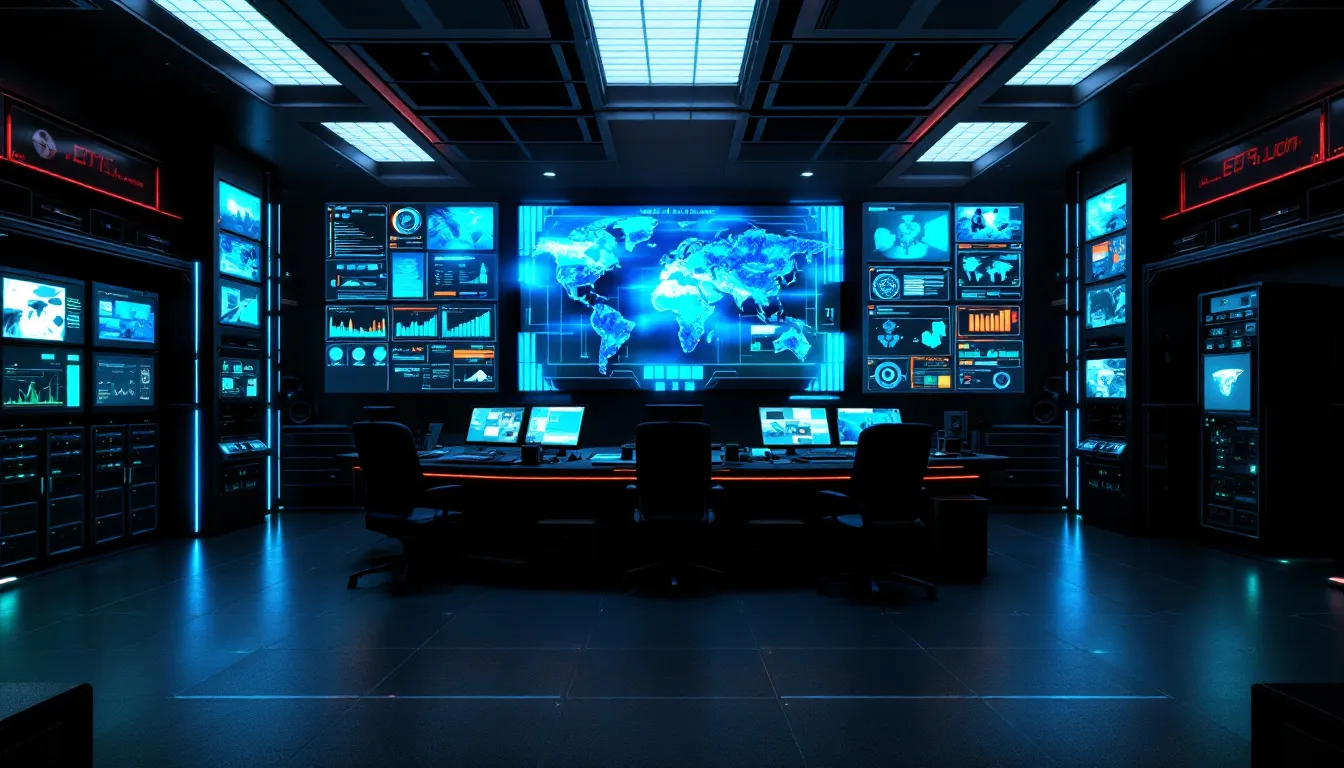
This protects a wide range of deployments—border towers, coastal sites, and mobile kits—by making it harder to intercept images and easier to respond in real time. Administrators should take action to review the security posture of the network regularly, verify audit trails, and document each verification action for security audits. Our system hardens cameras on shared links with encrypted images, role-based access, and health checks that a human can review and verify—enabling confident proceeding on the same network without compromising security or connection integrity across the range of use cases. This approach allows for scalable performance security responding appropriately to the customer need.
Operational Applications
Cooled thermal cameras are a proven force multiplier across domains:
-
Defense & Military Operations: Early warning, persistent surveillance, airborne observation and target acquisition.
-
Border & Maritime Security: Detecting human activity, small boats, and vehicles at distance.
-
Unmanned Systems: Expanding the ability of UAVs and ground platforms to cover more area with precision.
-
Infrastructure Protection: Safeguarding airports, energy plants, and ports from potential threats.
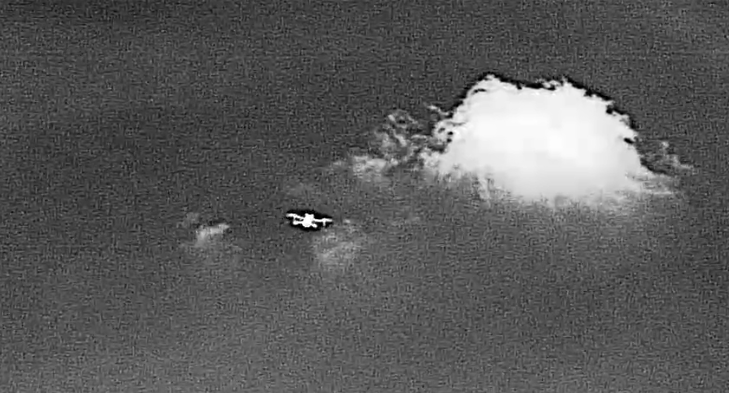
Modern surveillance solutions rely on thermal cameras to deliver reliable, long-range surveillance. Cooled thermal cameras, with their advanced coolers and highly sensitive sensors, are selected for their ability to detect and identify targets at extended distances, delivering precision and sensitivity.
While cooled thermal cameras provide superior performance for long range applications, uncooled cameras are ideal for shorter-range monitoring or as part of a layered security approach, offering flexibility and cost-effectiveness.
The Future of Cooled Thermal Imaging
Advances in cryocoolers, and digital image processing are making cooled thermal cameras smaller, more reliable, and more adaptable to multi-domain operations. As militaries modernize command and control systems incorporating multispectral AI-driven Analytics, cooled thermal imaging will remain a critical component for dominance across the electromagnetic spectrum.
Select the Right Thermal Camera
Selecting the right thermal camera is not about completing the action of reading a datasheet—it requires field evaluation, expert review, and lifecycle planning. Clear Align helps operators verify results, review options, and specify cooled thermal systems that deliver mission-critical performance.
Contact us today to ensure your investment in cooled imaging is validated, tested, and mission-ready.